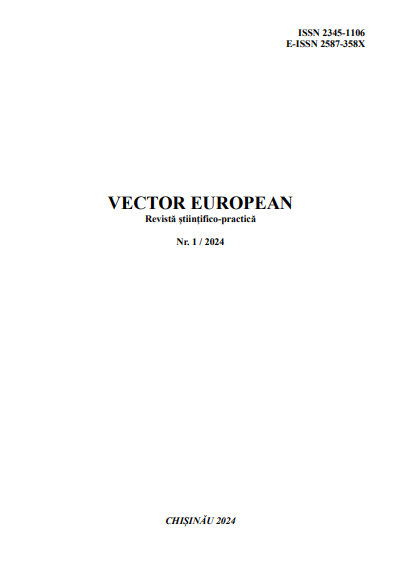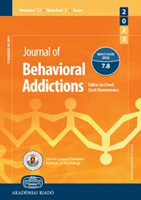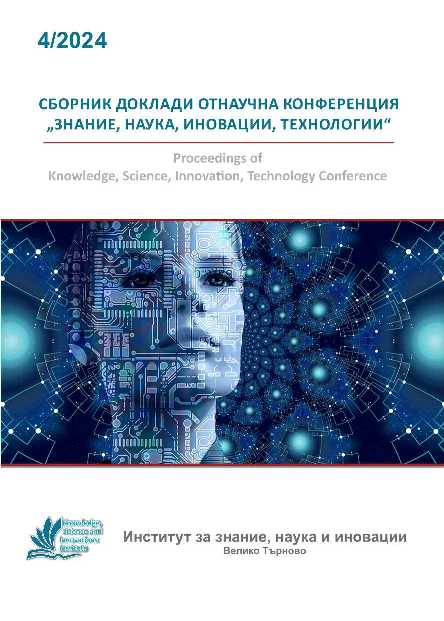Komunikacja pragmatyczna jako możliwa dla osób nieumiejących posługiwać się językiem naturalnym
By the “pragmatic communication” I mean the sort of communication described in the philosophical tradition launched by H.P. Grice. This tradition presents the conversational implicatures as indispensable to understand any human communication activities because they do not usually follow completely the scheme delivered from the lexical, morphological or syntactic systems of a given natural language. The aim of the paper is to present the modern communication possibilities achievable for people with different language dysfunctions, which were all recognized and classified by the Russian neuropsychologist Alexandr R. Łurija as six primary defects of linguistic ability. Every act of such communication requires a linguistic exchange in which not all human senses may be used. Anyone trying to start the communication with a handicapped person needs to imply by pragmatic communication (using the remaining senses) that his or her suggestion is to start the communication. Next, the persons with speech disabilities may avail themselves of the new achievements of speech therapy, new methods of non-verbal communication as well as innovative technical solutions which makes both hearing and speaking easier for them. All these aspects are discussed in the text.
More...









